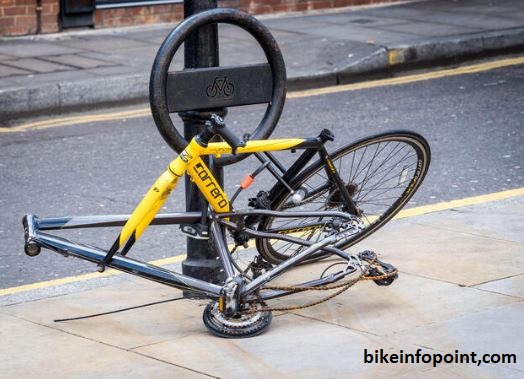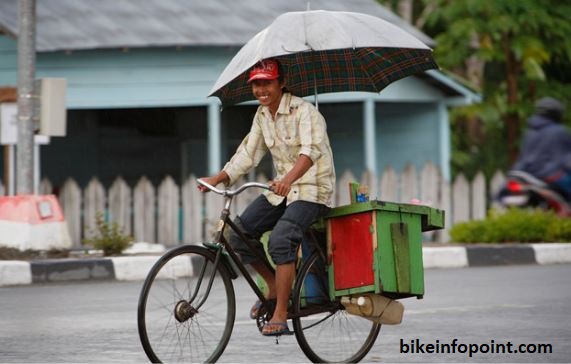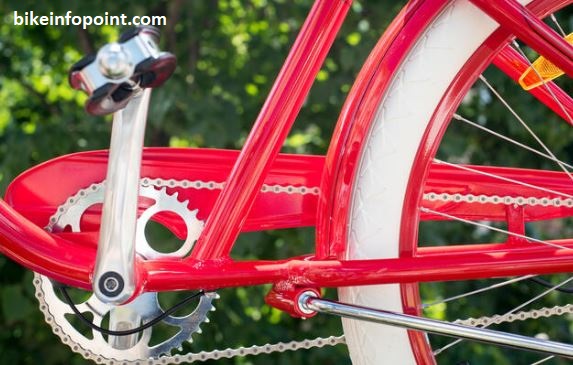
How many parts does a bicycle have
Have you ever marveled at the simplicity and efficiency of a bicycle? A seemingly straightforward mode of transportation, the bicycle has been a symbol of freedom and adventure for generations. However, beneath its uncomplicated exterior lies a fascinating world of intricate engineering. In this exploration, we will delve into the question: “How many parts does a bicycle have?” Join us as we unravel the anatomy of this two-wheeled wonder, uncovering the multitude of components that work in harmony to propel us forward and make cycling a seamless experience.
A bicycle consists of several components that work together to enable its functionality. Here are the main parts of a bicycle:
Frame: The frame is the main structure of the bicycle, providing support and connecting all the other components. It is typically made of materials such as steel, aluminum, carbon fiber, or titanium.
Wheels: Bicycles have two wheels, each composed of a tire, inner tube, and rim. The wheels are mounted on the frame and connected to the axle.
Tires: Tires provide traction and cushioning. They come in various sizes and tread patterns depending on the type of riding and terrain.
Brakes: Brakes are essential for slowing down or stopping the bike. Common types include disc brakes and rim brakes.
Pedals: Pedals are attached to the crankset and provide a platform for the rider’s feet. The rider uses pedals to transfer power to the chain and propel the bike.
Chain: The chain is a crucial component that transfers power from the pedals to the rear wheel through the cassette and the derailleur.
Crankset: The crankset includes the pedals, crank arms, and chainrings. It converts the rider’s pedaling motion into rotational motion for the chain.
Derailleurs: The front and rear derailleurs guide the chain between different gears, allowing the rider to adjust resistance and speed.
Cassette: The cassette is a set of gears on the rear wheel. It works in conjunction with the chain and derailleurs to provide various gear ratios for different riding conditions.
Shifters: Shifters are controls typically located on the handlebars that the rider uses to change gears by moving the derailleurs.
Handlebars: Handlebars provide the rider with a grip and control over the direction of the bicycle. Different types of handlebars, such as drop bars or flat bars, offer various riding positions.
Saddle: The saddle, or bike seat, provides a comfortable and supportive platform for the rider.
Seatpost: The seatpost connects the saddle to the frame and allows for height adjustment.
Fork: The fork is the front part of the frame that holds the front wheel. It includes the steerer tube, crown, and legs.
Headset: The headset connects the fork to the frame, allowing for steering and rotation.
Stem: The stem interfaces the handlebars to the fork’s steerer tube and decides the rider’s compass and level.
Grips or Bar Tape: Grips or bar tape provides a comfortable and secure grip on the handlebars.
Brake Levers: Brake levers are hand controls attached to the handlebars that actuate the brakes.
Hub: The hub is the central component of each wheel, connecting the spokes and allowing the wheel to rotate smoothly.
Spokes: Spokes are thin rods that connect the hub to the rim, providing support and maintaining the wheel’s structure.
These components collectively form a functional bicycle, and variations exist based on the type of bike (road bike, mountain bike, hybrid, etc.) and specific features.


